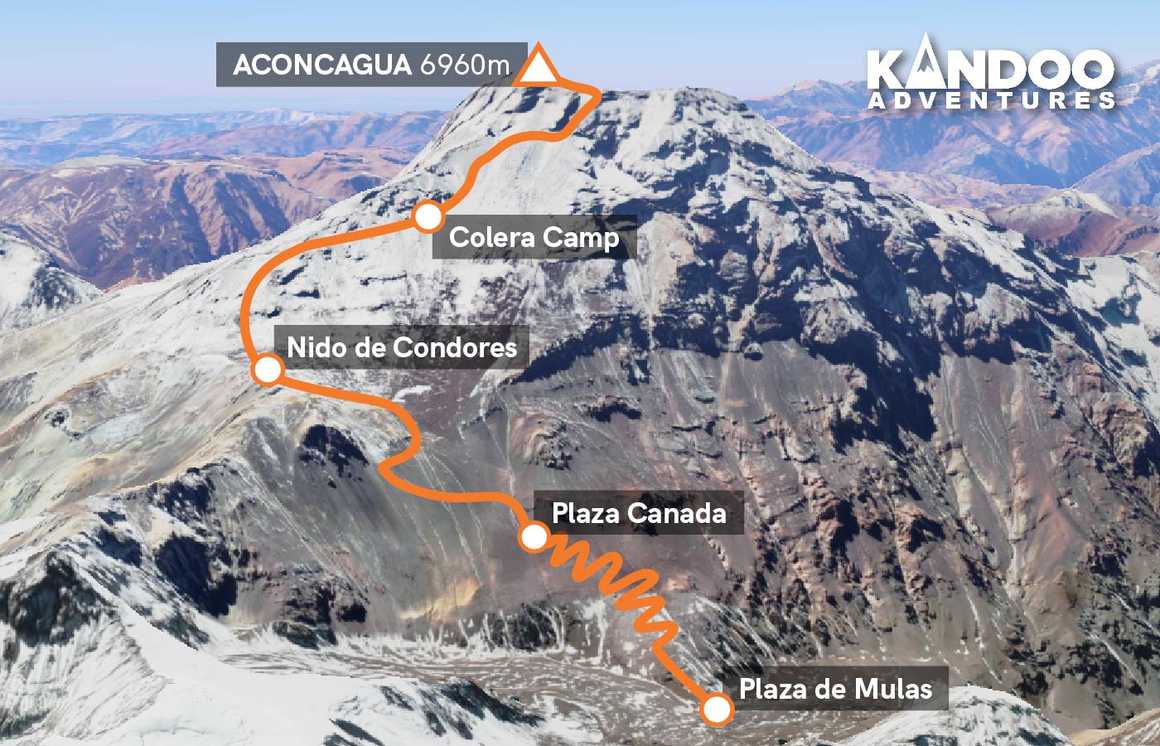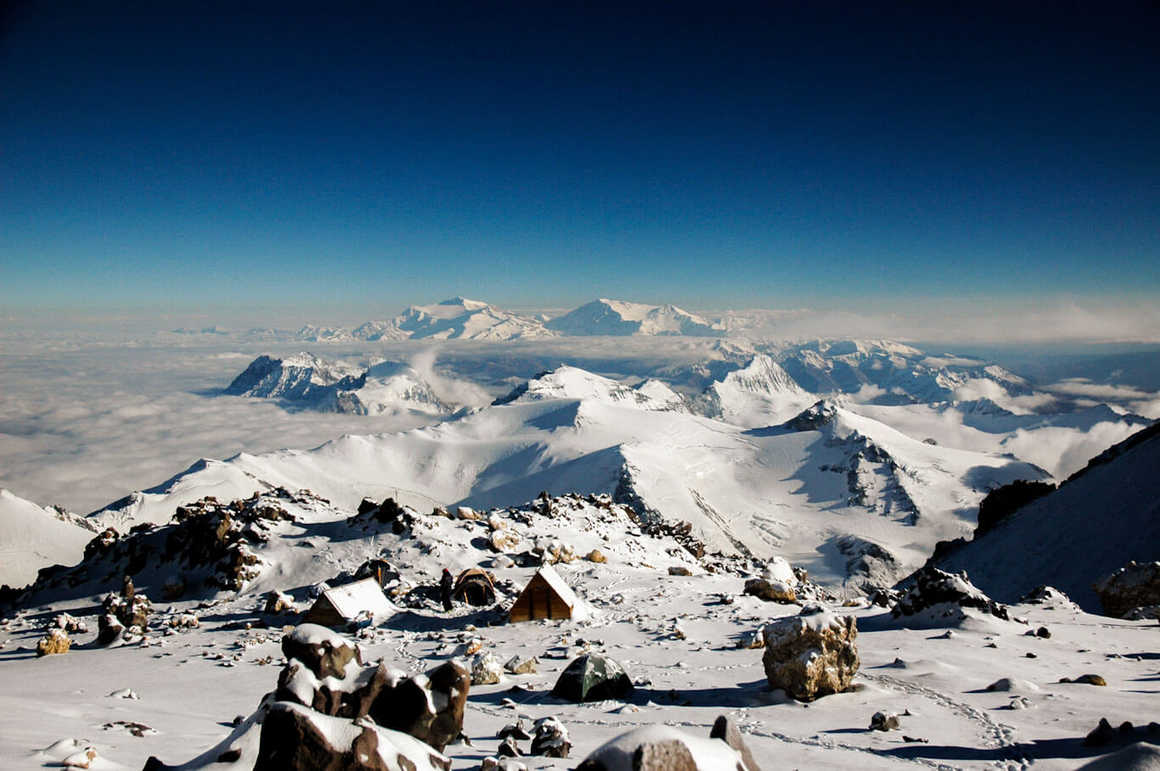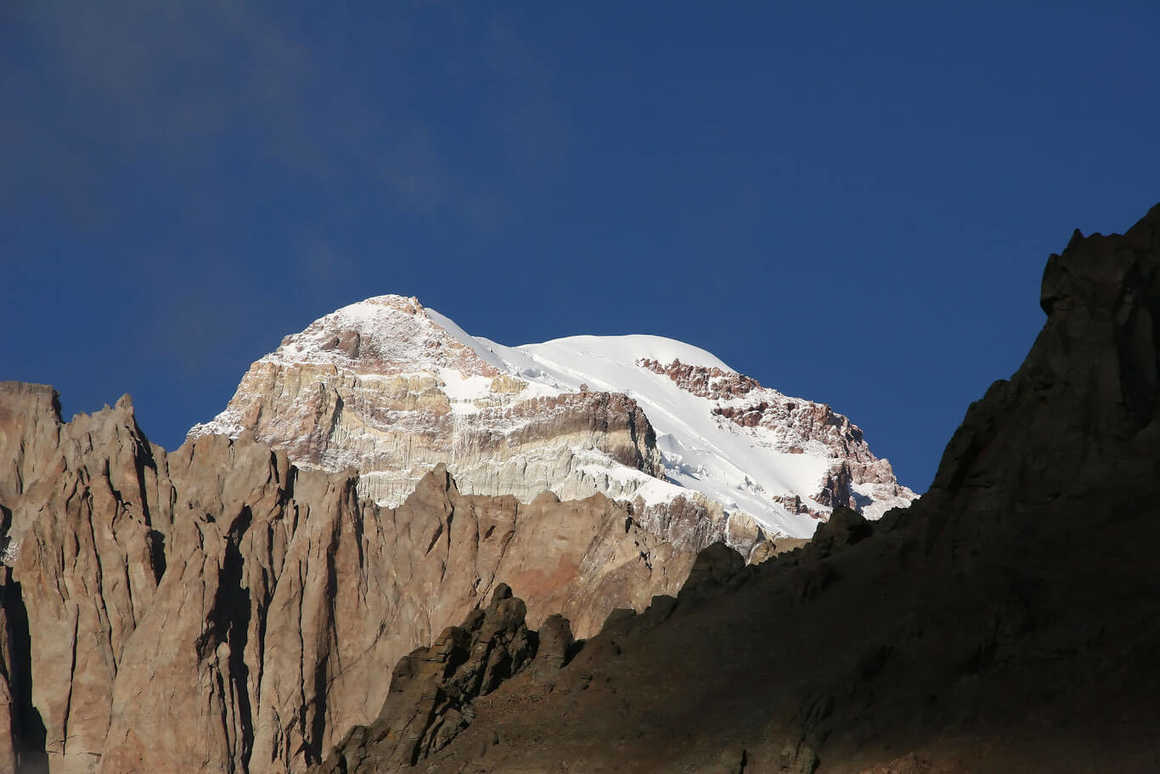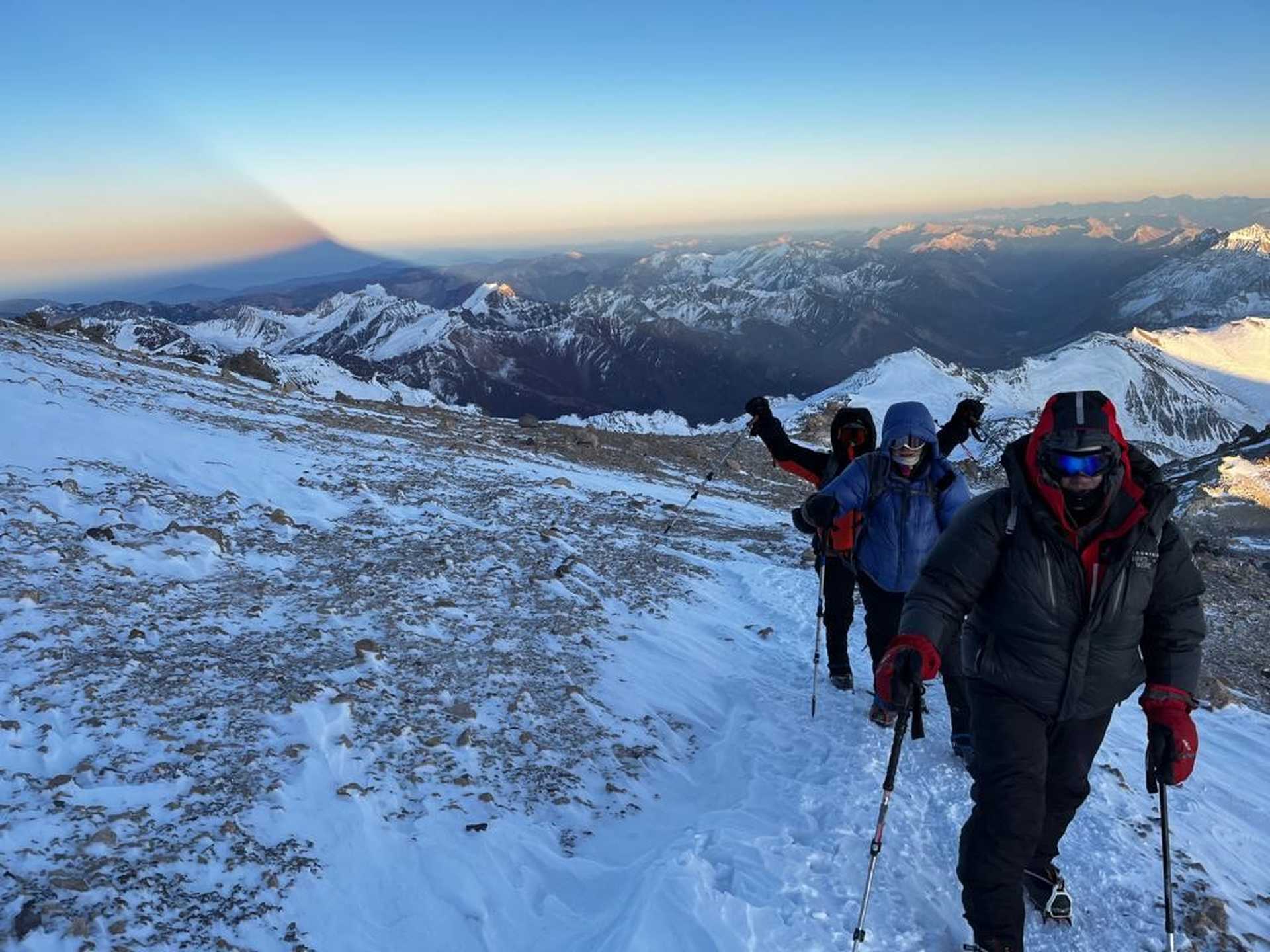Forming part of the Andes in western Argentina, Aconcagua stands 6,961m (22,838ft) above sea level, making it the tallest mountain in the world outside of Asia. It also holds the titles of the tallest mountain in the western and southern hemispheres as well as being one of the prestigious Seven Summits. All this makes Aconcagua a mandatory stop on any serious climbers list.
Often referred to as the highest non-technical mountain in the world, Aconcagua is frequented by climbers using it as a warm up for harder peaks such as Denali and Everest. That being said, reaching the summit of Aconcagua is no easy feat. This is largely due to the unrelenting altitude of the mountain presenting various challenges in the form of altitude sickness, which makes acclimatization a key point of preparation for the climb. Despite the altitude, the highest ‘trekking peak’ in the world remains popular with around 3,500 people reaching its summit each year.
There are three main routes used for reaching the Roof of the Americas; the Normal Route, the Polish Traverse Route and the Polish Glacier Route. This article provides information about each route and how they might fit into your climbing style, level of expertise and experience.
Looking to summit Aconcagua? Check out our recommended Aconcagua route here and also recommended equipment for a trip to Aconcagua.
Normal Route

The Normal Route is by far the most popular route because it requires no short-shafted ice axes or ropes and has a low technical difficulty, meaning no previous climbing experience is needed. Depending on weather conditions, crampons and poles may be required for safety purposes but this is very rare, especially during peak season.
The Normal Route generally takes 18 days to complete, although times can vary depending on the season and on acclimatization times for each climber. The peak season runs from November to March but even during these times the temperatures on the summit frequently sit below freezing with icy winds reaching 50mph. The harsh weather coupled with the altitude makes the climb a real challenge and should not be underestimated just because it requires no climbing experience.
The route makes use of a base camp called Plaza del Mulas as well as three further camps higher up, which are used for acclimatization purposes. About 1,000m below the summit, the Normal and Polish Traverse routes meet up and follow the same path to the peak. If you are fortunate, the last 1,000m will be covered in snow, making for an easier summit using crampons and poles. If not, loose scree and rocks will make the summit day a challenging experience.
Polish Traverse Route

The Polish Traverse route differs from the Normal route in the whole climb up until the last 1,000m. It starts off from the eastern side of the mountain, and, like its name suggests, traverses the mountain sideways in order to meet up with the normal route.
The route is a bit more challenging than the Normal Route because of a steep snow section that has to be passed before joining the normal route just below the summit. This requires some technical climbing ability as it uses crampons, ice axes and ropes on the rare occasion. As with the Normal Route, a typical climb will take 18 days, depending on the weather.
The first part of the trek involves crossing five rivers which become challenging to cross if there has been heavy rainfall preceding the climb. The landscape is similar to that seen on the Normal Route with loose scree and rocks dominating the mountainside although, after joining up with the normal route, the trail becomes snowier and icier as you prepare for the arduous trek to the summit.
Polish Glacier Route

The Polish Glacier Route takes the most direct route to the summit because it requires crossing the aptly named Polish Glacier. Technical climbing skills are a necessity for this route as the glacier crossing involves ropes, ice axes, harnesses, crampons and a great deal of physical strength and fitness. Severe weather conditions are more common on this route and so is not recommended for anyone who doesn’t have significant experience climbing in adverse weather or sufficient technical skill.
The approach is also starts from the east and the first parts of the trail are not that difficult. After camp 2 has been reached, climbers tackle the Polish Glacier that starts with a steep ice climb riddled with hidden crevasses and false summits. The route then continues through a narrow gulley where the whole Polish glacier lies below you. Once through, the trek to the summit is relatively easy. The whole climb should take between 18-20 days and is chosen by experienced climbers for its breathtaking views.
For more information on the tours we offer to Aconcagua, click here.










